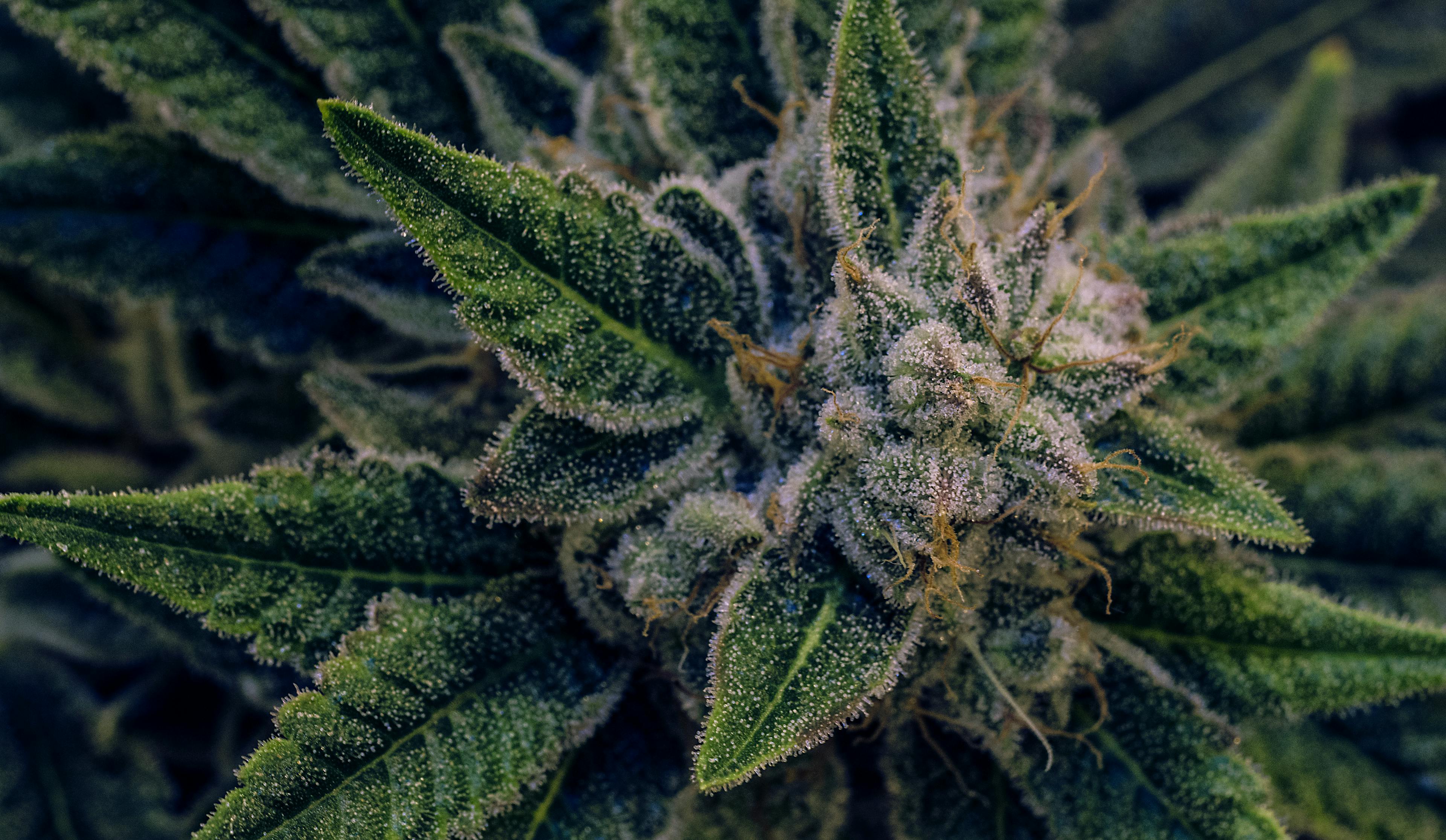Sonoma County’s Blossoming Cannabis Industry: Challenges, Triumphs, and a Push for Change
When people think of Sonoma County, images of rolling vineyards, wine tastings, and picturesque landscapes often come to mind. However, beyond the grapevines, another agricultural powerhouse is emerging: cannabis. Despite the challenges of cultivation, taxation, and regulation, cannabis growers in Sonoma are proving that the region is just as suited for premium cannabis as it is for world-class wine.

A Unique Climate for Cannabis Cultivation
Sonoma County’s climate presents both opportunities and obstacles for cannabis cultivation. Like grapevines, cannabis plants thrive in the region’s Mediterranean climate, but recent temperature extremes have forced growers to adapt.
Erich Pearson, CEO of SPARC, notes that the drier conditions in 2023 have actually benefited cannabis crops by reducing mold pressure and allowing flowers to reach full maturity. However, rising temperatures—occasionally soaring past 100 degrees—pose a new challenge. Excessive heat can impact the plant’s flavor profile, potentially mellowing out its distinct taste.
The Art of Harvesting and Curing
Harvest season in Sonoma is a rigorous but rewarding process. Cannabis is hand-trimmed, carefully dried, and cured to preserve its terpene profile—the compounds responsible for the plant’s signature aromas. Max Bowen, CEO of Apex Direct, emphasizes the importance of meticulous drying and curing techniques to maintain the highest quality product.
“We aim to get the moisture content down to 50% quickly to stop any lingering molds,” Pearson explains. “Then, we slow the process down for a proper cure to preserve terpenes.” This ensures that when consumers open a package of Sonoma-grown cannabis, they experience the full aromatic potential—whether that’s a diesel-like fuel scent or a tropical citrus burst.
Economic Hurdles: Taxes and Policy Barriers
Despite its agricultural and economic potential, cannabis remains heavily taxed and regulated compared to Sonoma’s wine industry. Local cultivation taxes, sometimes as high as $35,000 per acre, place a significant burden on growers. These costs inevitably get passed down to consumers, making Sonoma cannabis less competitive compared to products from counties with fewer tax burdens.
“Why would you want to tax your businesses heavily and make them less competitive at a state level?” Pearson asks. The stark contrast between cannabis and grape growers highlights an industry in need of reform.

The Future of Cannabis Tourism in Sonoma
One of the biggest opportunities for Sonoma’s cannabis industry is tourism. Wine tourism thrives in the county, yet cannabis farms are currently unable to offer similar experiences due to restrictive regulations. Growers like Pearson and Bowen advocate for on-site sales and guided farm tours, which could create a more immersive experience for visitors while boosting the local economy.
Encouragingly, changes may be on the horizon. Sonoma County officials are considering new regulations that could allow for increased public access to cannabis farms, bringing them more in line with the thriving wine tourism industry. Pearson remains optimistic, stating, “Sonoma County is headed in a quite progressive direction as it relates to cannabis and tourism.”
Looking Ahead
As Sonoma County continues to evolve, its cannabis industry stands at a crossroads. With a supportive climate, dedicated cultivators, and a push for policy change, the region has the potential to cement itself as a premier cannabis destination alongside its legendary wine country.
For a deeper look at Sonoma’s cannabis industry and the hurdles it faces, check out this ABC10 article.
Read more at ABC10.com
Featured post

The Roots of Cannabis: Understanding Landrace Strains
Before there were hybrids, designer cultivars, and endless strain menus, there were landrace strains...

Strain Highlight: Super Boof
Super Boof has taken the cannabis community by storm, earning the title of Leafly’s Strain of the Ye...

Smoke a Superb Bowl this Sunday
Super Bowl Sunday is the ultimate day for game-time snacks, high-energy vibes, and unforgettable mom...

Elevate your Valentine's Day
Valentine’s Day is here, and if you’re looking to impress, ditch the overpriced roses and give her s...

SPARC | 12 Days of Haze
The holidays are here, and so is the stress—family gatherings, endless shopping lists, and that one ...







